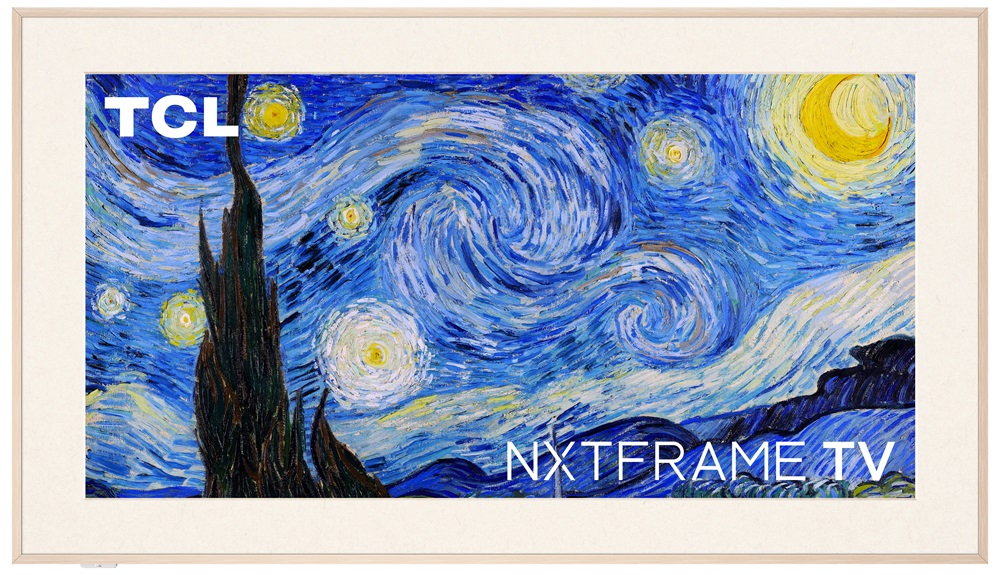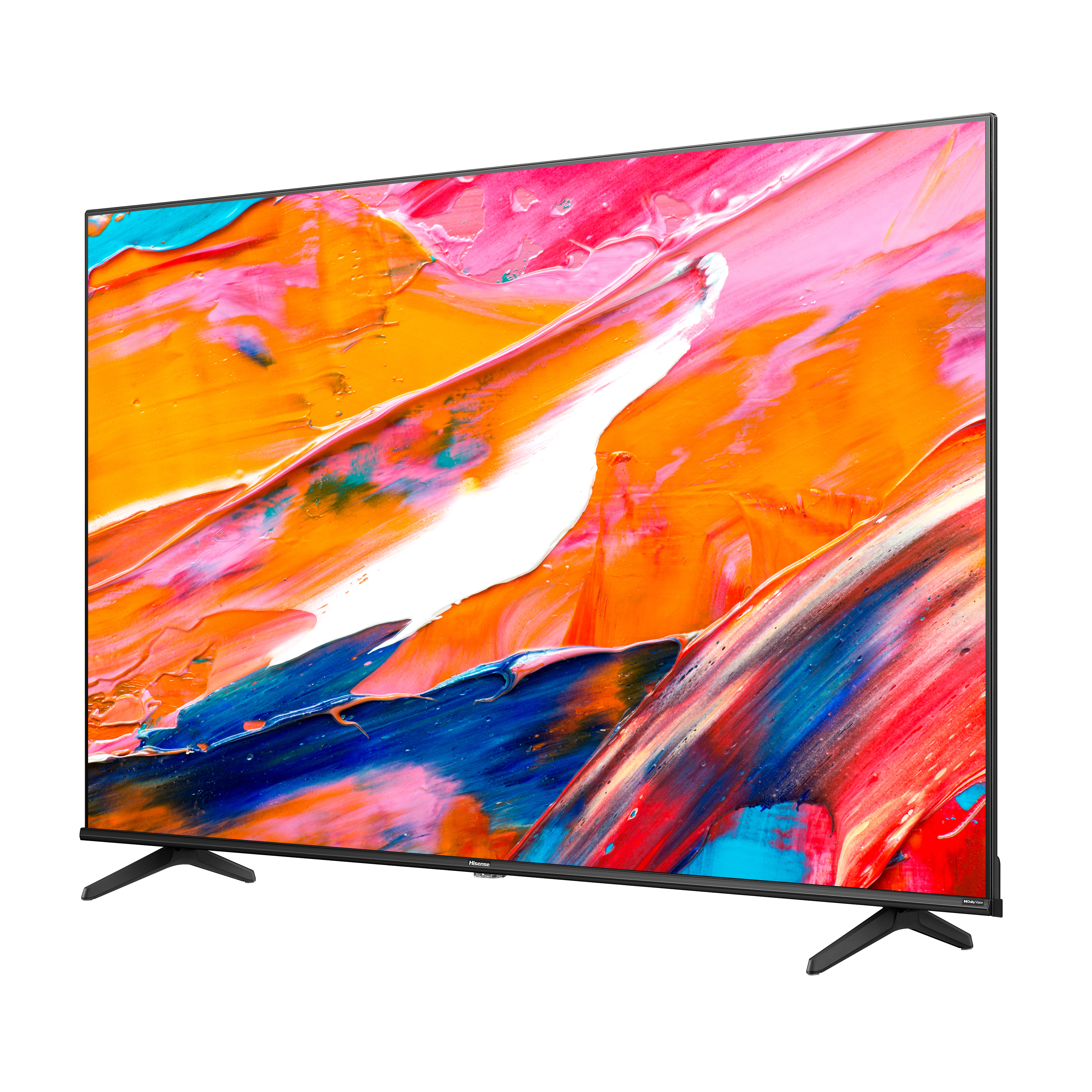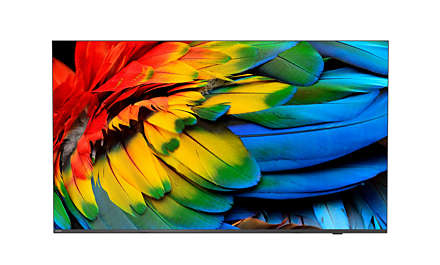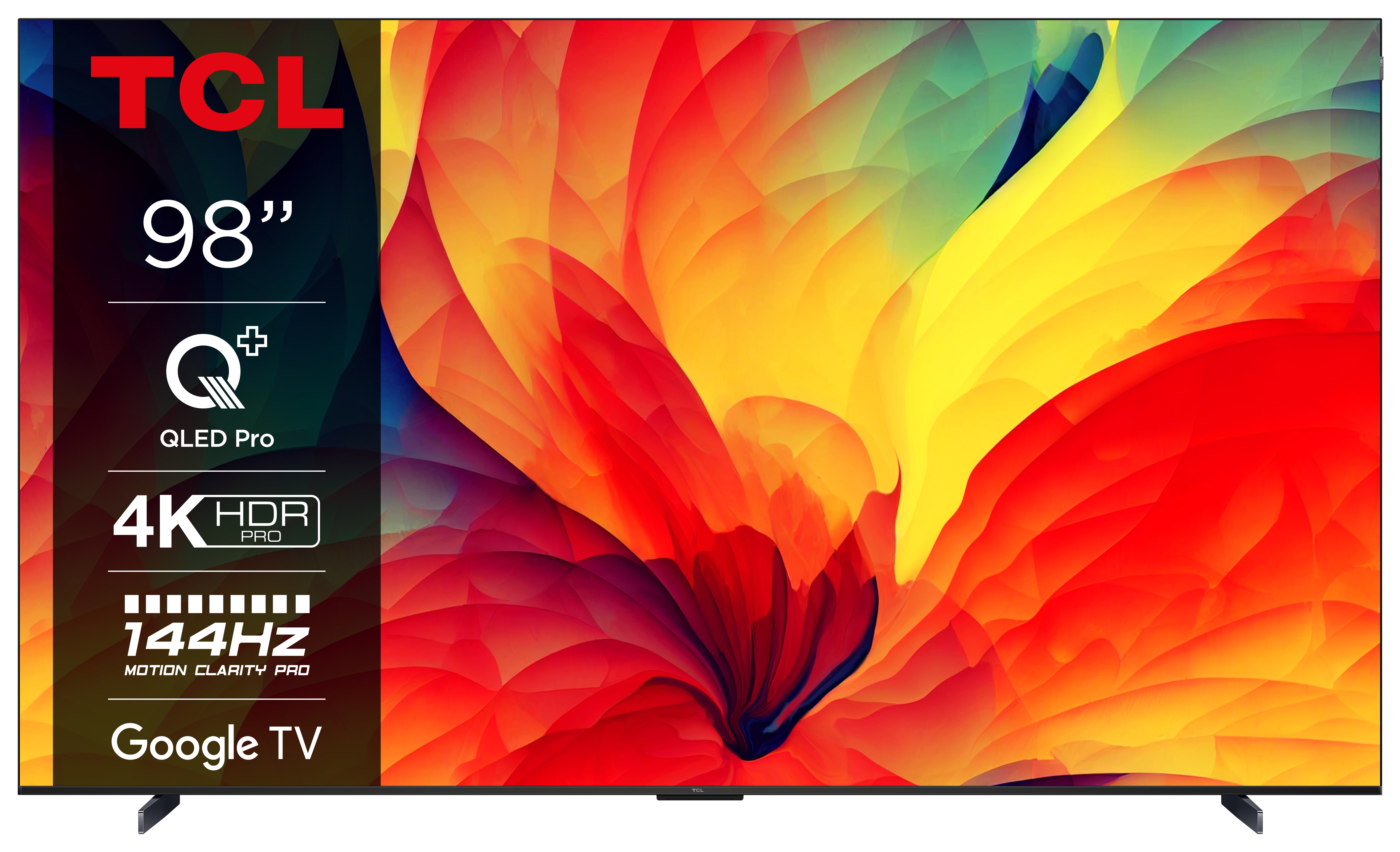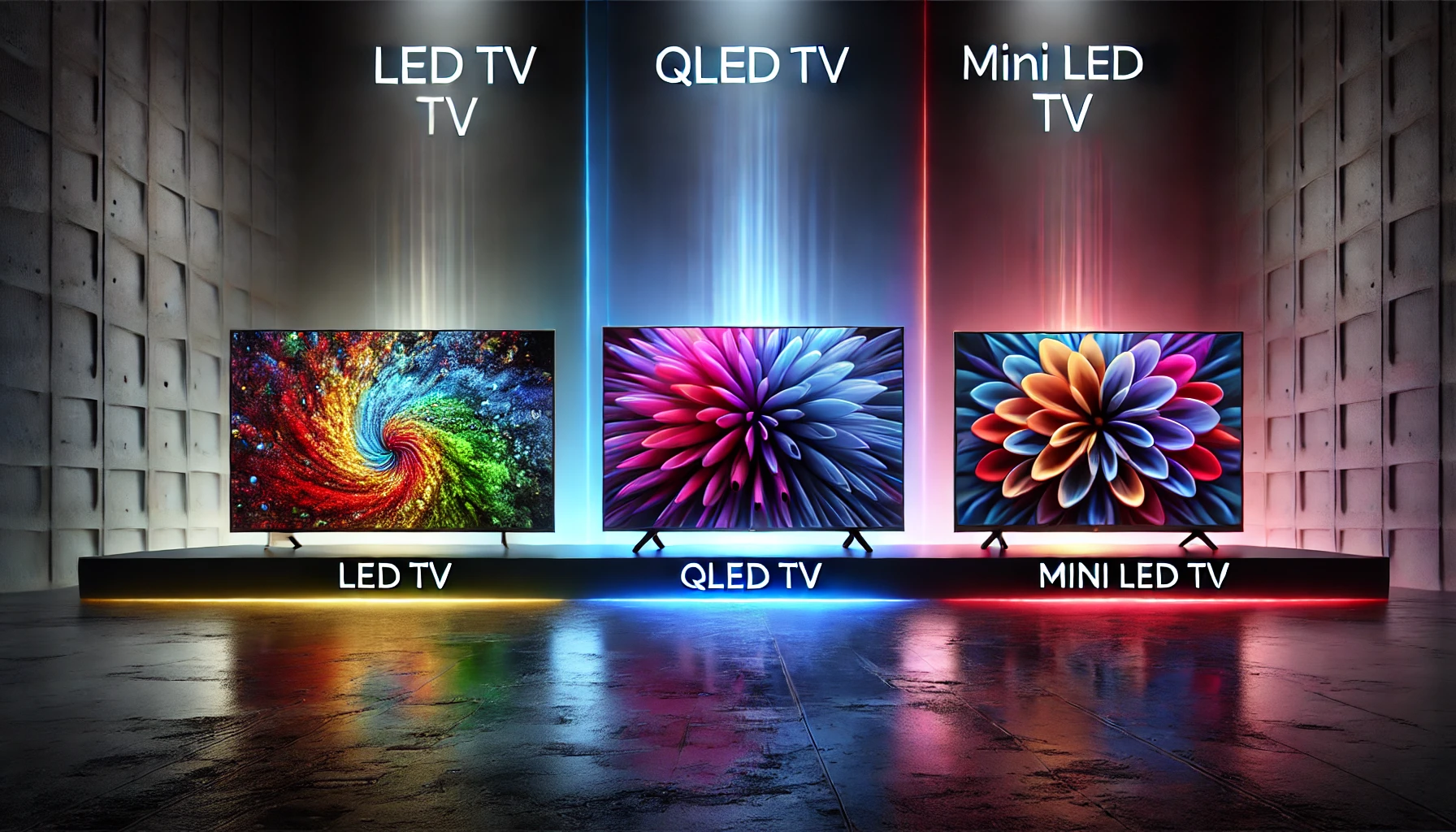
The Difference Between LED, QLED, and Mini-LED – Which Technology Suits You?
Modern TV technologies are advancing rapidly, and it can be challenging for consumers to keep up. Three of the most commonly compared technologies are LED, QLED, and Mini-LED. But what do these terms mean, and which technology is right for you? In this article, we’ll explore the differences between LED, QLED, and Mini-LED in detail to help you make an informed decision.
What is LED?
LED stands for "Light Emitting Diode" and forms the foundation of most modern televisions. LED TVs use LED backlighting that projects light through a layer of pixels to create images.
Advantages of LED:
Energy Efficiency: LED TVs consume less power than older technologies like LCD or Plasma.
Affordability: LED TVs are generally cheaper than QLED or Mini-LED models.
Wide Range of Sizes: LED TVs come in a variety of screen sizes.
Disadvantages of LED:
Limited Color Accuracy: Compared to QLED and Mini-LED, LED TVs may have less accurate colors.
Weaker Contrast: LED TVs can struggle to display detail in dark scenes.
What is QLED?
QLED stands for "Quantum Dot Light Emitting Diode" and is an advancement of LED technology. QLED TVs use a layer of nanoparticles, called Quantum Dots, to filter and enhance LED light, resulting in better color accuracy and brightness.
Advantages of QLED:
Higher Brightness: QLED TVs are particularly suited for bright rooms due to superior brightness.
Improved Colors: Thanks to Quantum Dots, QLED TVs produce more vivid and accurate colors.
Durability: QLED technology is resistant to burn-in and long-lasting.
Disadvantages of QLED:
Higher Cost: QLED TVs are typically more expensive than LED models.
More Reflections: High brightness can lead to reflections in well-lit environments.
What is Mini-LED?
Mini-LED is a newer technology that also uses LEDs but with much smaller diodes. This miniaturization allows for more precise backlighting and significantly better image quality.
Advantages of Mini-LED:
Superior Contrast: Mini-LED TVs can achieve deeper blacks and brighter whites thanks to smaller LEDs.
Precise Lighting: The smaller diodes allow for finer control over backlighting, resulting in sharper images.
High Brightness: Mini-LED TVs are excellent for bright environments.
Disadvantages of Mini-LED:
Cost: Mini-LED TVs are often more expensive than standard LED TVs.
Complexity: The advanced technology may result in higher repair costs.
LED vs. QLED vs. Mini-LED – Key Differences
Picture Quality
LED: Solid picture quality but struggles in dark scenes.
QLED: Vivid colors and high brightness, ideal for movies and gaming.
Mini-LED: Offers the best contrast and extremely precise lighting.
Price
LED: Budget-friendly and suitable for everyday use.
QLED: A premium option with higher upfront costs.
Mini-LED: Expensive but delivers top-tier picture quality.
Use Case
LED: Great for regular TV viewing like news or shows.
QLED: Perfect for high-quality content in bright rooms.
Mini-LED: Ideal for home theater enthusiasts and dark rooms.
Conclusion: Which Technology is Right for You?
Choosing between LED, QLED, and Mini-LED depends on your individual needs and budget.
LED: An affordable and energy-efficient choice for everyday use.
QLED: Excellent for vivid colors and brightness.
Mini-LED: Optimal for those who prioritize top-notch picture quality and are willing to invest more.
Consider your space, viewing habits, and budget to make the best decision. With the right choice, you can significantly enhance your TV experience.
Разница между LED, QLED и Mini-LED – какую технологию выбрать?
Современные технологии телевизоров развиваются стремительно, и многим потребителям трудно уследить за новинками. Три из самых часто сравниваемых технологий – это LED, QLED и Mini-LED. Что означают эти термины, и какая технология подойдёт именно вам? В этой статье мы подробно рассмотрим различия между LED, QLED и Mini-LED, чтобы помочь вам принять взвешенное решение.
Что такое LED?
LED расшифровывается как "Light Emitting Diode" (светодиодный излучатель света) и является основой д


